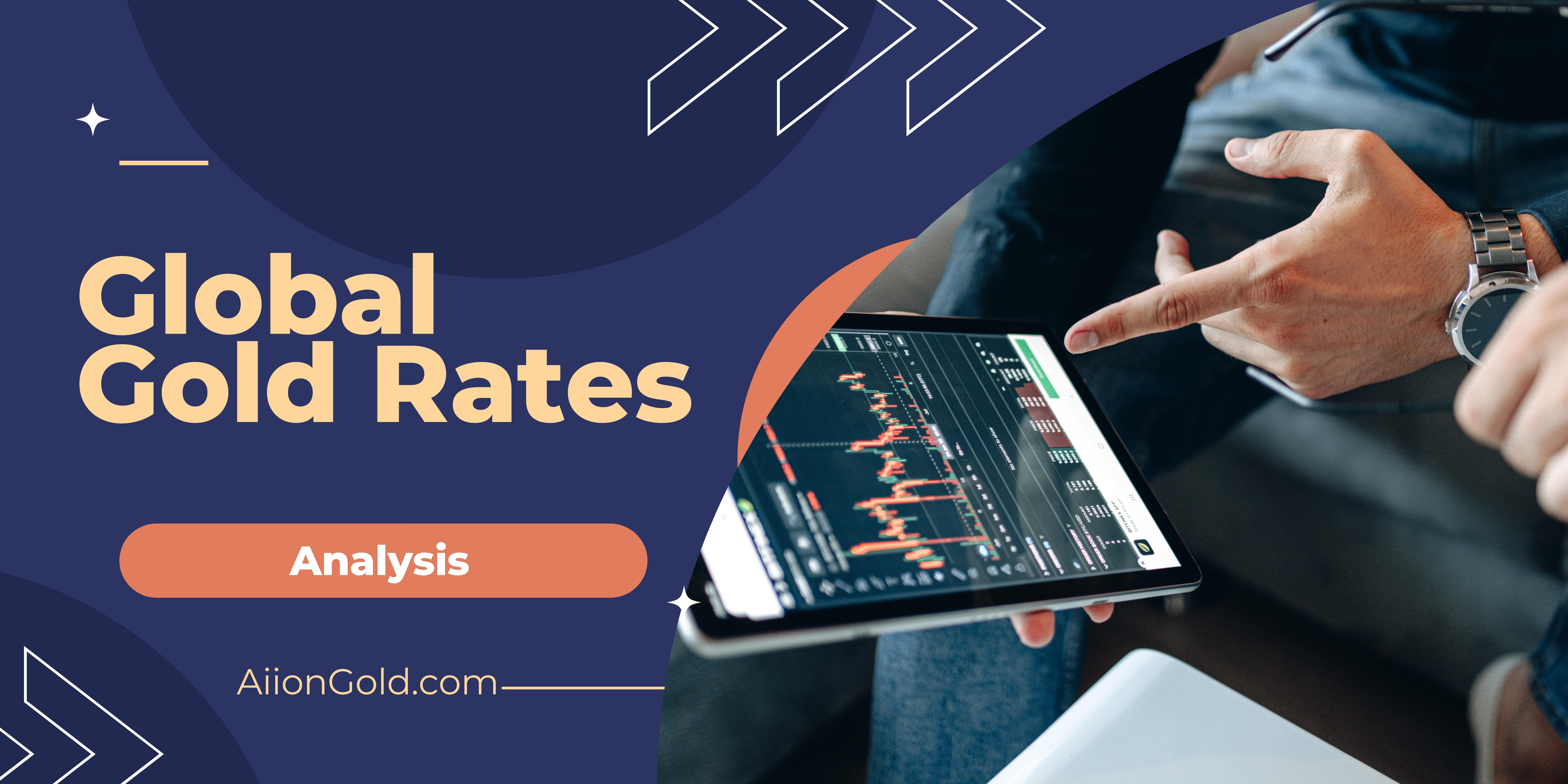Comprehensive Analysis of Global Gold Rates on February 20, 2025


As of February 20, 2025, gold prices have reached unprecedented highs globally, driven by a confluence of economic, geopolitical, and market-specific factors. This article delves into the current global gold prices, examines historical trends, analyzes the key drivers behind the recent surge, and offers insights for investors navigating this dynamic landscape.
On February 20, 2025, gold prices have surged to record levels across major markets:
This upward trajectory is consistent across various global exchanges, underscoring the widespread demand and market sentiment favoring gold as a safe-haven asset.
To comprehend the magnitude of the current surge, it's essential to consider the historical progression of gold prices over the past decade:
This data illustrates a consistent upward trend, with a notable acceleration in price increases from 2020 onwards. The escalation in 2024 and 2025 is particularly significant, reflecting heightened global uncertainties and economic shifts.
Several interrelated factors have contributed to the recent escalation in gold prices:
The imposition of tariffs and escalating trade tensions, particularly by the United States under President Donald Trump's administration, have fostered economic uncertainty. These policies have heightened fears of a global trade war, prompting investors to seek refuge in gold. The announcement of additional tariffs on imports has been a significant catalyst in driving gold prices upward.
2. Central Bank Purchases and Monetary Policies
Central banks worldwide have augmented their gold reserves as a hedge against economic instability and currency fluctuations. Notably, China's central bank has been a major contributor, with purchases averaging 730 tonnes annually, accounting for approximately 15% of global gold production. This robust demand from central banks has provided a strong foundation for rising gold prices.
Monetary policies, especially those implemented by the U.S. Federal Reserve, have also played a pivotal role. Interest rate cuts have reduced the opportunity cost of holding non-yielding assets like gold, enhancing its attractiveness to investors. Goldman Sachs has revised its gold price forecast for early 2025 to $2,900 per ounce, citing factors such as lower global interest rates and sustained central bank demand.
Inflationary pressures, exacerbated by expansive fiscal policies and supply chain disruptions, have led investors to turn to gold as a hedge against the eroding purchasing power of fiat currencies. The weakening of the U.S. dollar, influenced by trade deficits and monetary easing, has further bolstered gold prices, as a cheaper dollar makes gold more affordable for holders of other currencies.
Investor sentiment has been buoyed by gold's performance as a safeguard against market volatility and economic downturns. The VanEck Gold Miners ETF (GDX), which offers exposure to gold mining companies, is currently trading at $41.54, reflecting strong investor confidence in the sector. Analysts anticipate that gold prices could reach or exceed $3,000 per ounce in the near future, driven by ongoing geopolitical uncertainties and robust investment demand.
Given the current landscape, investors should consider the following strategies:
The ascent of global gold prices as of February 20, 2025, underscores gold's enduring role as a safe-haven asset amid economic uncertainties and geopolitical tensions. A confluence of factors including trade policies, central bank activities, inflation concerns, and investor sentiment has propelled gold to record highs. As the global economic landscape continues to evolve, gold remains a pivotal component for investors seeking stability and resilience in their portfolios.